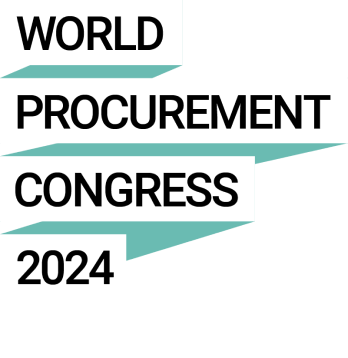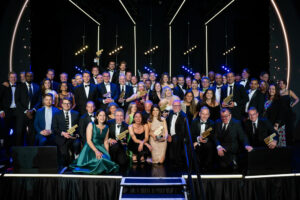While the humanitarian devastation puts the movement of goods and services into perspective, the successful negotiation of yet another supply chain crisis is crucial to minimising the secondary impact of the invasion on companies, their employees and the global economy.
A pulse of Procurement Leaders’ CPO community revealed that of those respondent organisations, all believed their procurement operations would be impacted either now or in future, across various inputs ranging from agricultural commodities and metals to services and, not surprisingly, energy.
The direct supply impact of the crisis ranged from those organisations that had direct operations or Tier-1 suppliers based in Ukraine, with one organisation sharing that they rely on an outsourcing partner based in Kyiv; to another sharing that a Kyiv-based strategic supplier provides goods to the entire Commonwealth of Independent States.
Of those CPOs who responded, more than three-quarters said their Tier-1 suppliers are or will be directly affected by the crisis, with the resulting impact further down the supply chain compounding the effect in most instances. The majority of respondents cited energy exposure as a major concern.
Taking action
Attention will rightly turn to the actions CPOs are taking. One respondent is in the midst of an RFI to strategic suppliers on the impact of the crisis while reviewing its third-party due diligence to get a better understanding of Russian ownership of businesses.
Many of those who responded are exploring alternative suppliers or building inventories. “[We have] daily war rooms across [our] supply operations, close contacts with suppliers, structured continuity on raw material supply with proactive risk mitigation, alternative supply and production sites,” said one respondent, who also shared they were grappling with the decision of how to handle their own commercial business with Russia.
Another respondent has set up a “control tower” to look at four areas – network impact, inflation, Tier-2 access and supplier workstreams. This is new territory, both in terms of immediate and medium-term risk mitigation and management, but more broadly in terms of the longer-term geopolitical picture. With western economic sanctions likely to bite for many years to come and the risks of doing business in some regions now considered simply too great, supply chain design, energy transition, and alternative materials and suppliers will all be the subject of even more intense and growing focus within boardrooms.
Procurement Leaders CPO members are connecting weekly to discuss the ongoing crisis and its impact. If you’d like to find out more about the key takeaways from these discussions and upcoming topics, reach out to us at info@procurementleaders.com


















